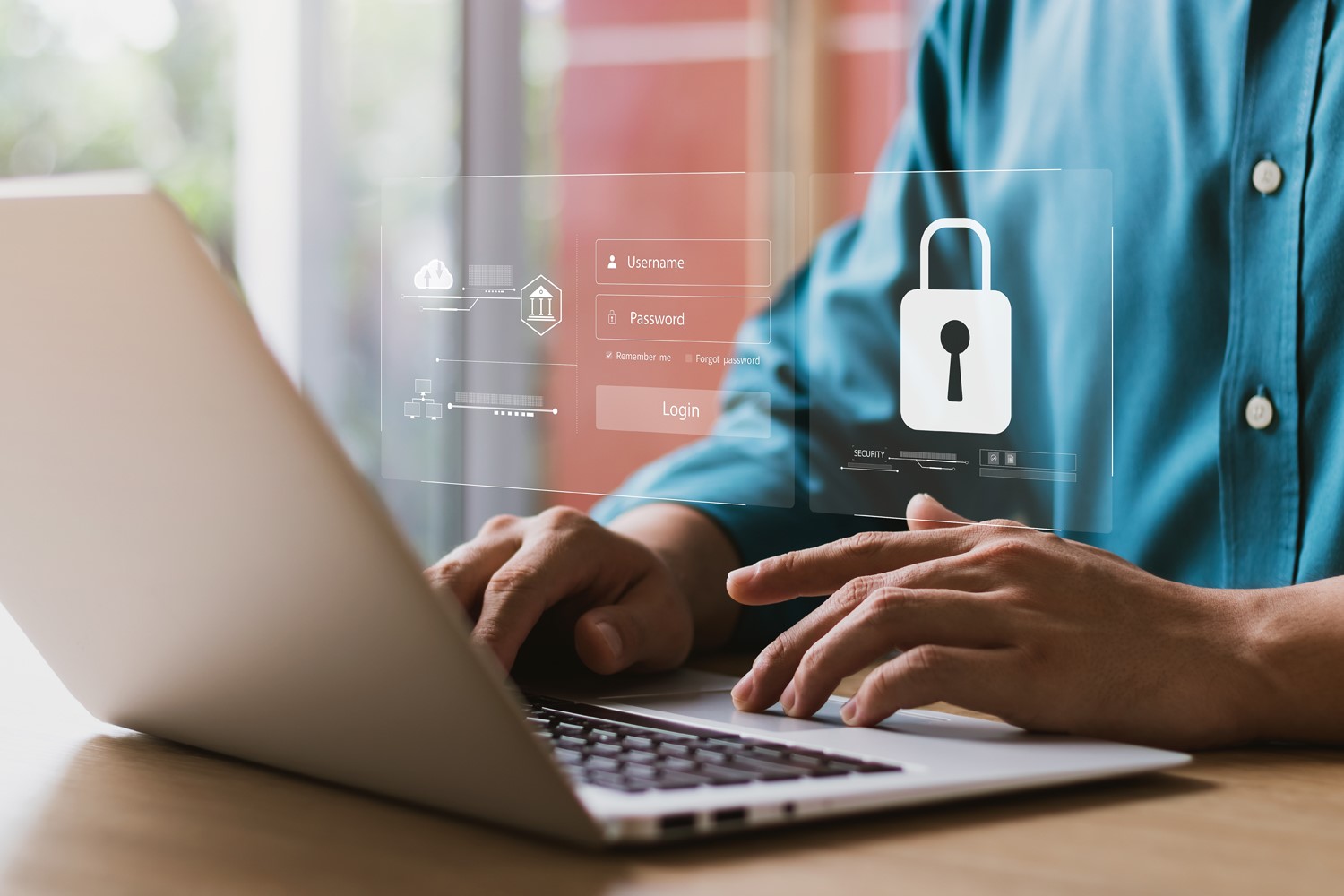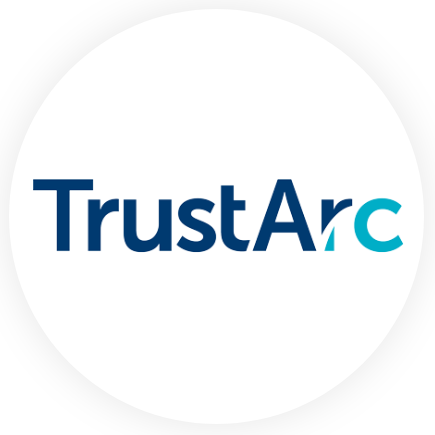You’re at the airport and need to charge your computer. You plug into a free, open USB port and finish a quick email before your flight starts to board. No harm, right? 
It may seem harmless but “juice jacking” is the latest scheme hackers are using to steal your data through USB charging stations commonly found at airports or other public places. An infected port can give hackers access to your contacts, login credentials or messages and may allow them to install malware onto your mobile device. The FBI is recommending that everyone carry their own USB chargers to avoid being “jacked.”
But what should you do if your or your business falls victim to a malware, ransomware or phishing attack?
What Steps Should You Take After a Cybersecurity Breach?
If you’ve recently fallen victim to a cyber-attack, don't despair, the latest Verizon data breach investigative report found that some 82% of attacks included a human element including misuse, human error, social media misuse and more.
By following a few key steps, you can minimize damage from the attack and regain control of your system.
1. Determine the Type of Attack Some attacks are harder to detect than others. For example, hackers will often notify you of ransomware attacks by freezing your system and giving you instructions (which usually involve making a payment) to get your data back. In other cases, such as a virus obtained from a phishing email, you’ll need to find out what type of program has compromised your system and which files have been affected. Then, you can decide how to move forward.
2. Identify Which Systems Have Been Compromised: Once the type of attack has been verified, you’ll need to determine its scope. In other words, you or your IT support must verify how widespread it is and which areas of your system have been affected. That way, you can prioritize your repair efforts.
3. Quarantine Any Malicious Files: If your system becomes infected by a virus or other malicious software, you’ll need to quarantine any affected files until it can be removed. That way, you can prevent the virus from spreading to other areas of your system. Again, a professional IT support provider can be critical to limiting damage.
4. Determine What Data Was Stolen: In the case of a breach, it’s essential to find out exactly what data was compromised and what the repercussions might be. This is crucial, as the information you gather will help you determine your next steps. For example, if you find that hackers gained access to customer credit card numbers, you’ll have to create a plan for compensation. Meanwhile, if the stolen data was solely internal information, you’ll need to correspond with employees and executives to ensure the issue doesn’t spread.
5. Notify Necessary Parties: Following a serious breach, you’ll likely have to make several mandatory disclosures. This might include notifying regulatory bodies, law enforcement or your local FBI office and any person whose data was compromised in the attack. Additionally, if your business’s financial information has been wrongfully accessed, you’ll need to maintain contact with your banks to prevent loss. While this seems like an overwhelming waterfall of issues to attack with immediacy, a managed service provider can provide guidance.
How do I report a hacker to the FBI?
Visit the FBI’s Internet Crime Complaint Center (IC3), and make your report online at www.IC3.gov. Your tips help the FBI track down cybercriminals worldwide.
What Can Having an IT Security and Disaster Recovery Plan in Place Prevent?
Having both a disaster recovery plan and security plan in place is the most cost effective, preventative solution. It’s best to invest in managed solutions from a provider that offers small business IT services. A small business may not have the same access to quality IT professionals as big businesses. But with a managed service provider (MSP) you can rest assured that your network is being monitored and maintained at all times. For some industries, you can feel confident knowing you are meeting regulatory IT guidelines.
What Should a Security Breach Prevention Plan Include and How Will It Help Your Business?
Work with a managed services provider to develop a step-by-step IT process to address and build a plan BEFORE an attack and make sure your business security protocol includes:
- Remote Monitoring Services
- Increased Cybersecurity and Virus Protection
- A Secure Business Firewall Router
- Remote Threat Assessment Services
- Onsite and Cloud Data Backup
A security plan and data recovery plan are preventative tools that should help:
- Avoid downtime and increase recovery time
- Avoid possible legal and regulatory penalties
- Reduce the impact of lost productivity and data loss
- Help decrease revenue loss and maintain customer trust

If your business has fallen victim to a security breach, do act quickly. Data breaches are more common than you think and now is the time to set up a robust security protocol with NerdsToGo to prevent further disruptions. Our NerdAssure all-inclusive suite of IT solutions includes 24-hour monitoring of servers, backup and data recovery and includes a thorough cybersecurity assessment of vulnerabilities and both training and support.



